What is Penetration Pricing? Pros, Cons & Examples
If you offer your products or services to your customers, then you must wonder which is the most effective pricing strategy. Well, if you are the later comer in the market, you should consider using the penetration pricing strategy. In this article, we will describe What is Penetration Pricing? Pros, Cons & Examples.
Now, let’s discover this pricing strategy and decide whether you can apply it to your company.
Related Posts:
What is penetration pricing
Penetration pricing Definition
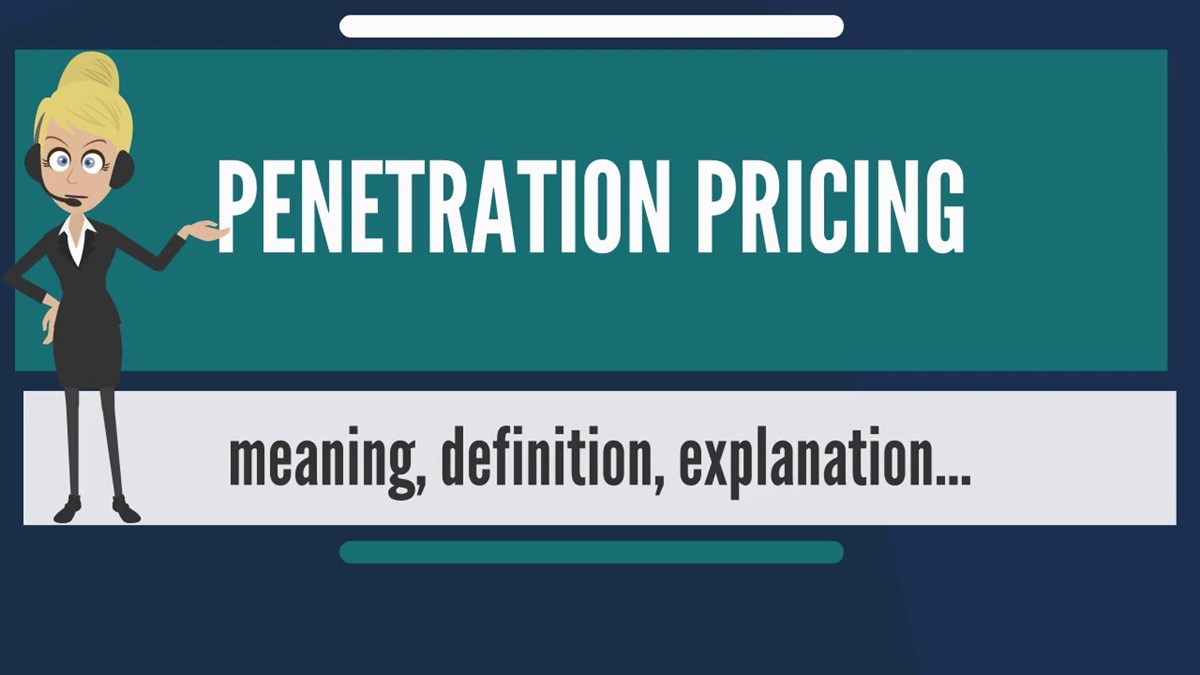
According to Wikipedia, penetration pricing is a pricing strategy in which the price of an item is originally set low to quickly reach a significant proportion of the marketplace and encourage word of mouth. By doing this, the consumers that interested in a lower price are expected to move to the new brand. Pricing penetration is adopted with the hope of increasing market share and enhancing economies of scale.
Penetration pricing break down

This marketing strategy helps businesses to attract customers to try a new product or service. More specifically, they build market share by offering a lower price when they first come to the market. The strategy will help them to attract new customers away from competitors and retain them when rates go up to normal levels afterward.
In real life, you can see penetration pricing in a one-month free subscription of an online news website or a six-month free checking account of a bank, or many more.
In practice, newcomers in the industry will get the most out of the penetration pricing strategy when the level of saturation of the market is high or the market witnesses many variants of the same product. As many customers feel appealed to the lower price, penetration pricing offers the business a competitive advantage.
For most of the occasions when you shop in the supermarkets, you can see a typical sign of penetration pricing strategy that is “special introductory offers”. For example, for products with elastic demand like soaps and shampoos in the market, among various price points, you will find the lower price. Besides, brands of the items may not be something they care about.
From the marketing perspective, this pricing strategy can result in a rise in market share and sales volumes once you have lowered the prices. Besides, new entrants into the market may face up to the barriers that you create. However, bear in mind that if you adopt this strategy, only the product’s profitability, efficiency, and your approach to minimize unit costs from the beginning can determine your performance.
A shortcoming of price penetration relies on the type of your targeted customers and your choice to identify brand loyalty in your customers. The penetration pricing may entice the inappropriate type of customers that are fonder of the lower price after the bargain instead of attracting the probably loyal ones. It is an intrinsic essence of the penetration strategy, where you are enticing the customers from another brand to yours.
If you have to choose one among different cookies that are of the same quality, you may select the cheapest one based on your budget. After one month, when the prices increase, you will end up using this product. The low initial price has led the customers to expect permanent low prices. Therefore, if you do not meet margins, and if you raise prices, the customer may go for a cheaper brand. Therefore, if another rival is constantly selling the product that has the same quality but a lower price, your customer may abandon your brand forever.
Penetration pricing and Skimming pricing
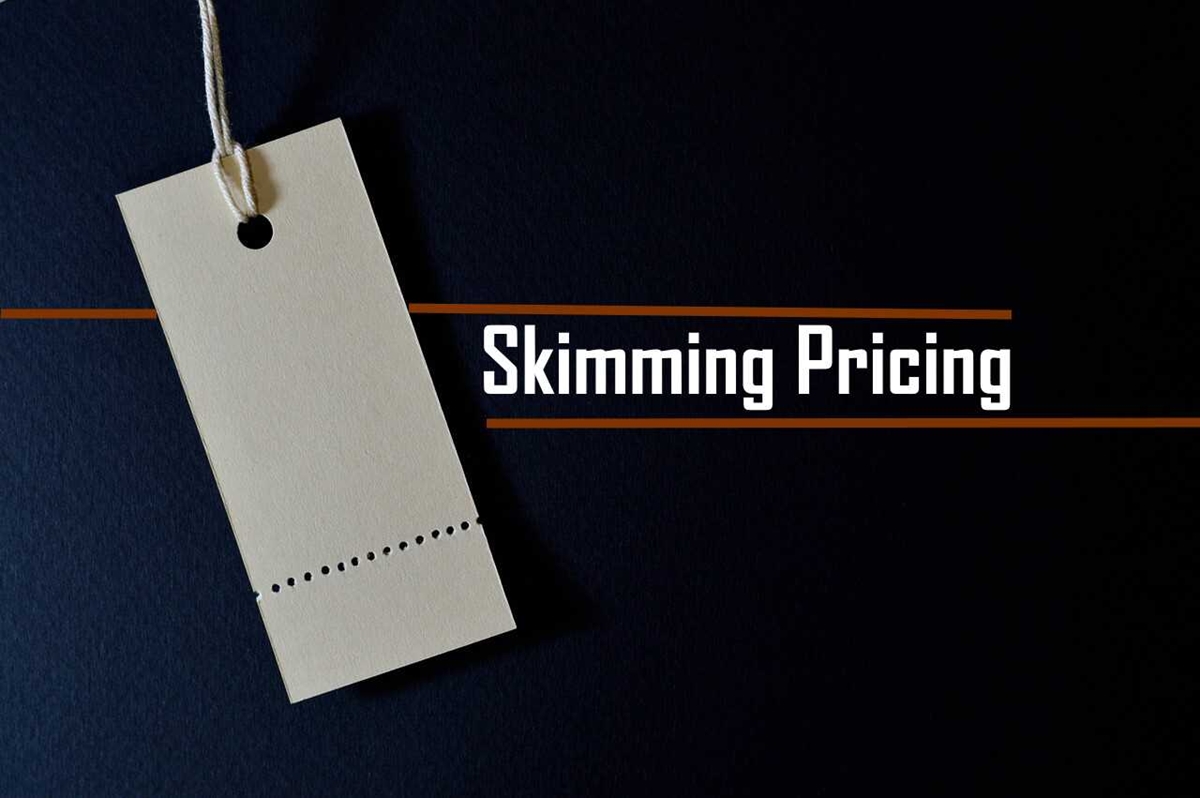
Pricing penetration and price skimming are marketing strategies typically applied once businesses promote new goods or services. Both techniques can be effective for firms; however, a good grasp of a relationship between your price and your overall marketing and promotions strategy. To entice customers, penetration pricing depends on a low initial price, whereas skimming is using high initial prices to maximize short-run profits from the most willing and engaged consumers.
The use of penetration pricing aims to lure a bigger portion of customers away from your competitors. More specifically, you can use a better mix of product benefits and a lower price to entice the even minimally pleased consumers with the current items. You may not see this in skimming, which normally results in a small initial consumer segment, with broader market reach at a future lowered price. On the other hand, with a niche market of highly selective customers, skimming may work better.
Pricing penetration will discourage rivals from entering the market at lower price points. If your initial price is low, and your product or service is of respective quality, other companies will carry the burden of justifying higher prices on similar deals. In contrast, with skimming, later rivals can face up to no hurdles in lowering the prices and overcoming the early arrivers ‘ability to produce sales and profits. A better offering will mitigate opponents ‘ability to draw quality-hungry consumers who would choose your product.
Companies often use penetration pricing, together with attempts to reduce product and supply costs. By establishing a low retail price and generating considerable sales volume, suppliers may sell you a significant number of goods at once, therefore, contributing to volume discounts. Thus, you can keep a sustainable income even at low market prices. In contrast, skimming involves operating with a high initial price point, which generates a considerable profit margin irrespective of how much you invested in.
Companies unable to reach an industry-low cost structure may have difficulty achieving profit at loweset possible rates with penetration pricing. Also, penetration pricing will not let you reap the benefits of an active market with willing consumers to pay a premium. In contrast, the users of p rice skimming expect to reap substantial profit from initial customers and sustain reasonably high prices across the board to sustain a steady profit.
Let’s take Costco as an example. Costco is the brand that sells uses penetration pricing for their organic foods. The margin for organic foodstuffs is much higher than for regular foodstuffs, and organic food is a high-growth niche, implying that an increasing number of customers are purchasing organic food.
A great deal of retailers, therefore, sell organic products at high prices. They also use a price skimming strategy if a new organic product is introduced into the market. On the contrary, Costco adopts a penetration pricing strategy. To entice their customers, they offer a selection of organic products at lower prices. Despite the risk of this strategy, Costco still takes advantage of it for more market share.
Pros and Cons of penetration pricing
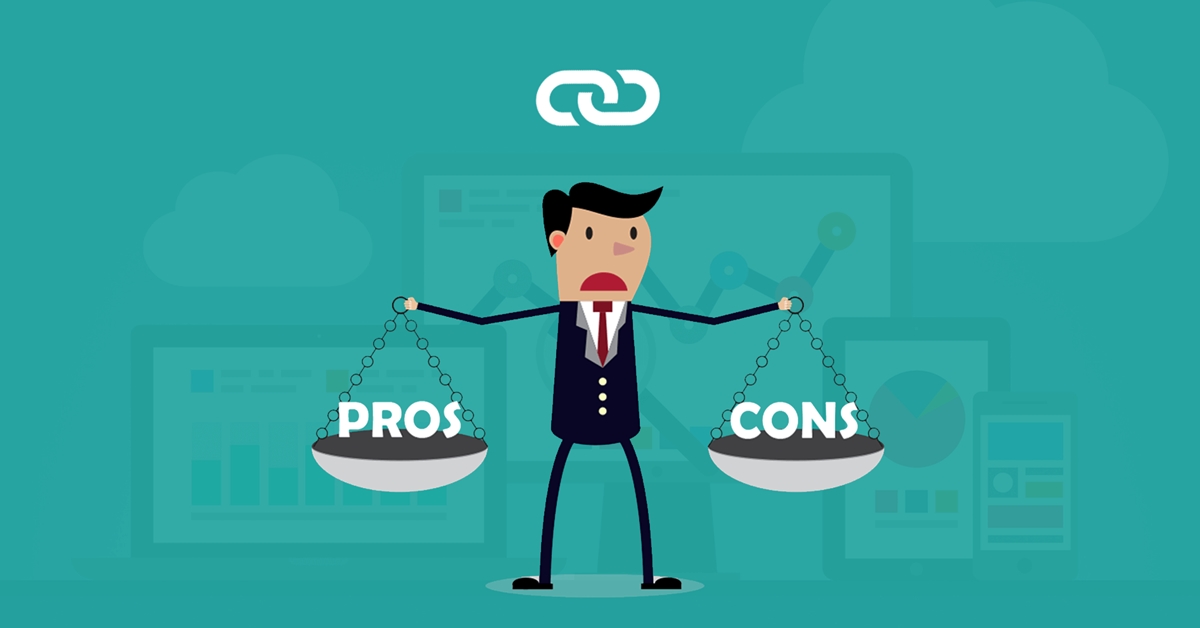
Pros
High adoption and diffusion
Through penetration pricing, the customers will promptly like you as they are interested in a good deal. They will love and accept the deal from the businesses that offer highly discounted offers. Your customers will be more likely to accept and purchase your product or service if you use this strategy.
Long-term profits

This is the ultimate goal if you operate a retail business. Your company and your vertical supply chain partners like retailers or distributors may be way better off because the low price and market disruption can lead to a significant increase in your sales volume. In this case, we need to mention the economies of scale and lower marginal cost. More specifically, the increase in sales volume may counteract the lower price tag.
Market disruption

If you sell a product or service at a low price, your customers will start to regret the higher previous payments for the same product or service somewhere else. Hence, you can have the power to defeat your competitors and become a dominant business in the market.
Increased goodwill

The likelihood of the customers that can come up with a good bargain in your product or service coming back to your brand is high. Also, increased goodwill will be able to entail more brand awareness.
Cons
Customer dissatisfaction

In the long run, the price must rise back to the normal levels so that your business can grow. However, your customers may feel dissatisfied and you may not retain them.
Loss of brand value

Once you set a price and market yourself like a discount brand, you may gain a lot of money. However, the customers may perceive as a cheap or discount brand, and if you are not offering a discount or charging a higher price, they may give up on you.
Price war
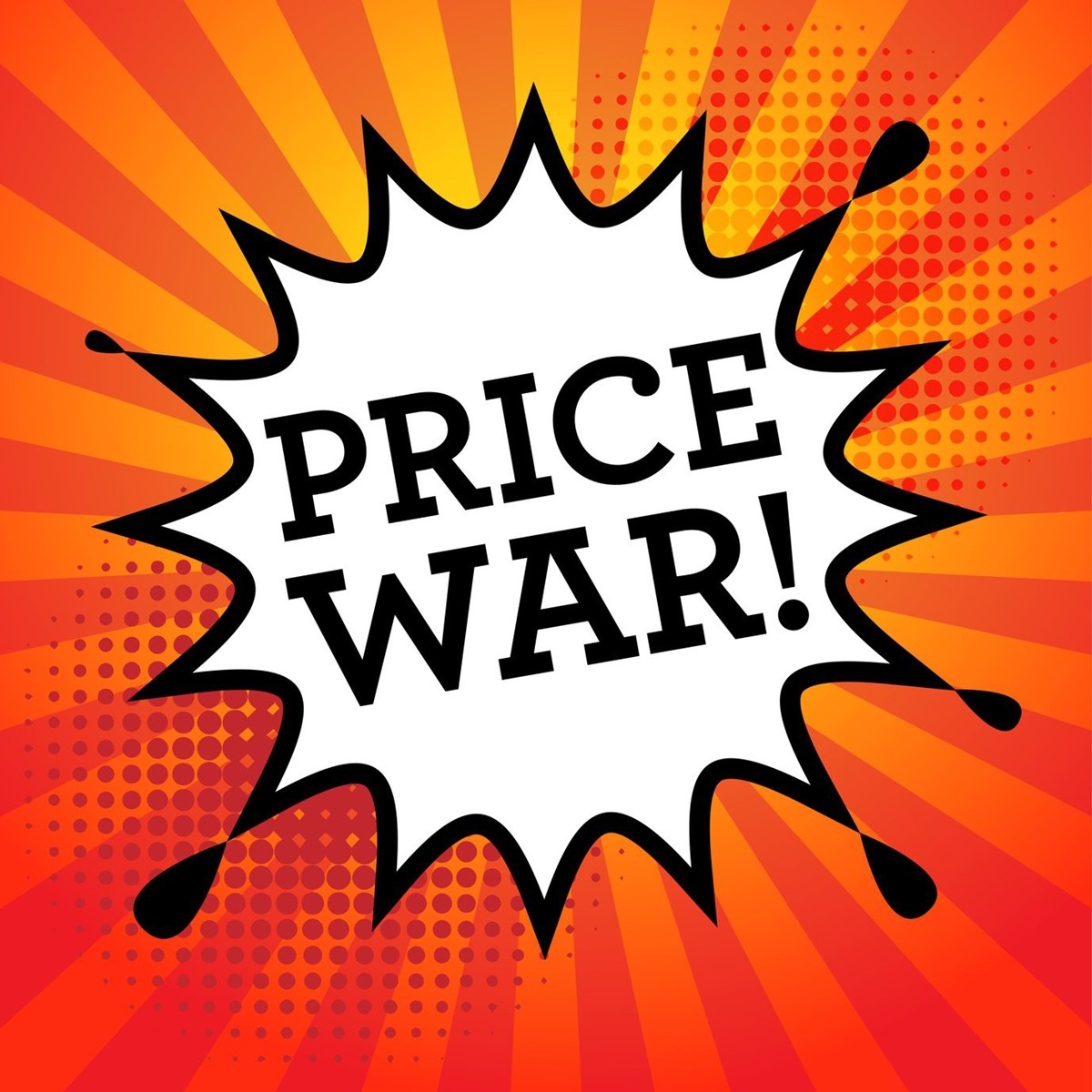
The risk of adopting this strategy is that your competition may react. A pricing war results in a decline in profitability for the entire market, and no business will be better off.
Inability to raise prices
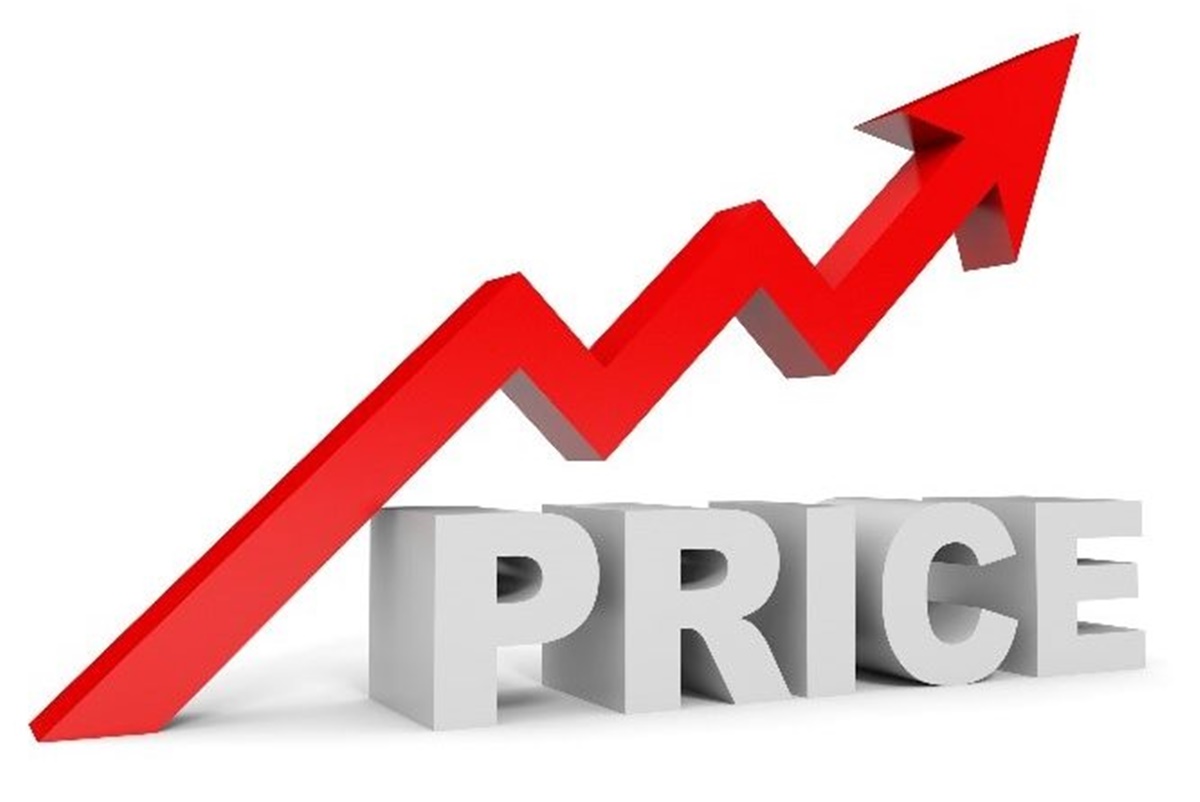
Another disadvantage is that when you increase prices, the customers will low brand loyalty will not consent, and you will be in trouble. The so-called bargain hunters will probably switch to your competitors if there is another appealing deal.
Inefficient long-term strategy

In the long-run, this strategy may not be feasible. For a great deal of specific cases, the business adopting this strategy suffer from a financial loss. If they use a penetration strategy for a long time, then recovering the expenses may be a big problem.
How to effectively use penetration pricing
How to Implement It
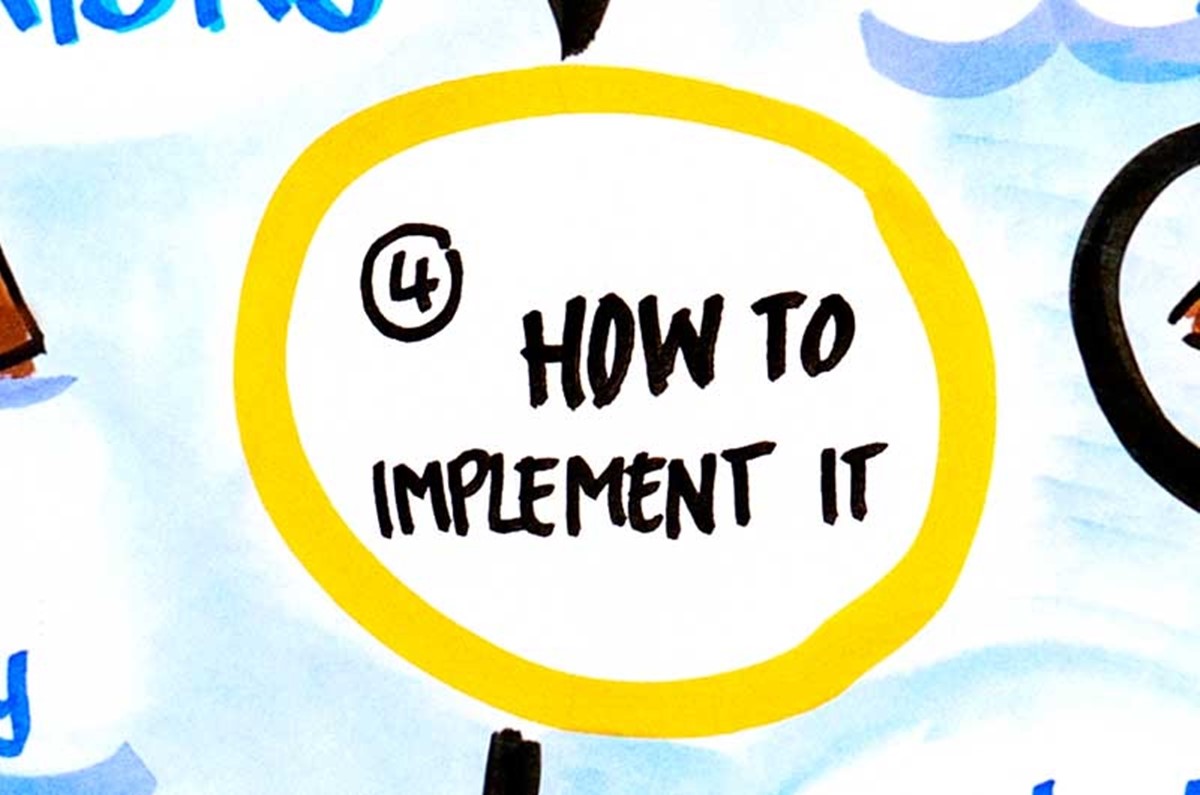
Note that you should only use penetration pricing when you need an incredibly low price to attract customer attention or to frighten your opponents. If your products are produced in bulk, then the cost per unit will be typically lower, and you will save a great deal of money. Your company would have to be capable of withstanding any losses caused by cutting prices. Therefore, you have to make doubly sure you have sufficient reserve resources to maintain the ongoing operation of the business.
Best Use
Pricing penetration is perfectly suited when demand for a new product is anticipated to be high and other companies can easily imitate the product. Initially setting the price low prevents competitors’ entry into the market. It is also a useful approach if you plan to become the industry norm by marginalizing the competition. A business should be certain that they have enough production and distribution available to satisfy the demand before executing a penetration pricing strategy.
Combining market penetration pricing with other strategies

You can adopt this strategy to attract shoppers into your store. Then, you can persuade them to purchase more by offering discounts on other items. Besides, the real advantage of a penetration pricing strategy is that it works well with other pricing strategies. You can use it together with marketing strategies designed to build brand loyalty.
In certain cases, the toughest part of the strategy is making the first sale. However, after you have accomplished that, you can further convert customers and convince them to purchase more items.
Best successful examples of penetration pricing
Android and Apple
Let’s take a look at two main smartphone operating systems that adopt various pricing strategies.

Android strives for more extensive market penetration with a penetration scheme. For brand loyalty, its customers can buy Android phones at a significant discount. By doing this, the system can attract more customers into the Android market. On the other hand, Apple uses a skimming strategy by offering high-priced items that skim a small market share off the top.
Comcast/Xfinity
Another example is Comcast/Xfinity, which usually offers low initial prices like free or highly discounted premium channels.
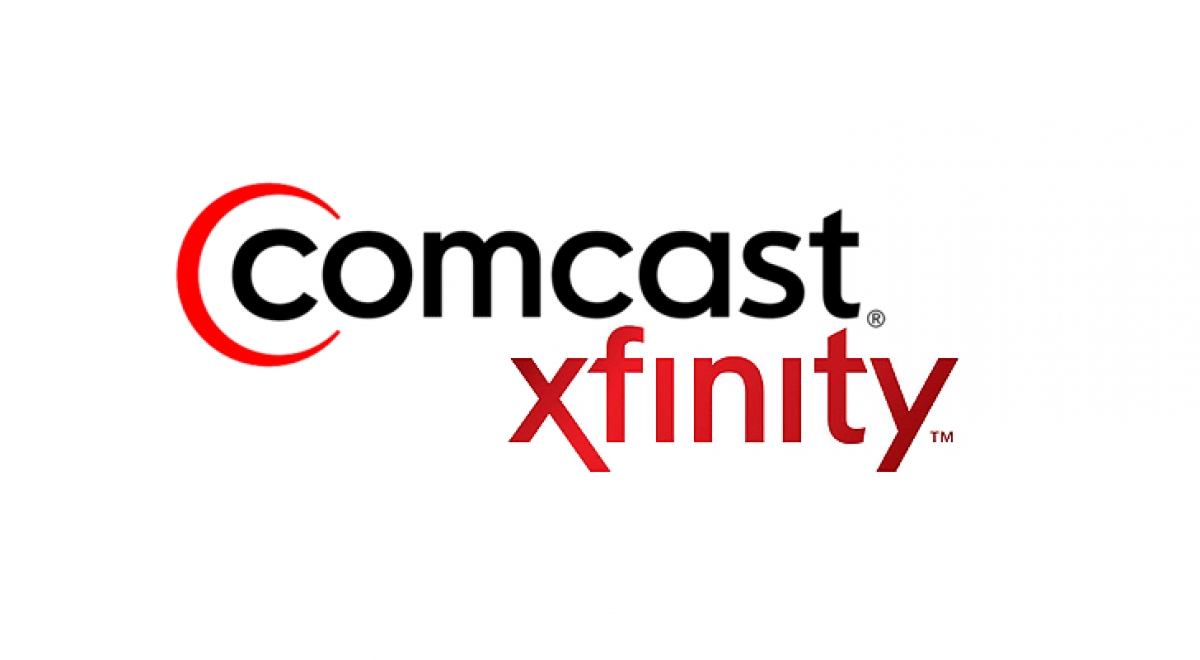
After a certain period, the prices rise. A majority of customers will proceed to pay more. However, some will switch to a new provider that offers a lower initial rate.
Netflix

Netflix first launched its store in 1997. They offered low prices (a subscription fee of as low as a dollar) to save the customers’ two days of waiting for their DVDs in the mail. In 2007, they introduced a streaming service, and after that, they have become popular. Low prices and easy accessibility can help attract customers away from Redbox. Over twenty years later, their market share grows. In the United States, 51% of streaming subscriptions belong to Netflix.
Internet and Cable Providers
By offering free HBO for six months, 150 extra channels, and complimentary DVR, internet and cable providers have been following penetration pricing. They set up incredibly low introductory pricing to lure consumers away from competitors. After the end of the introductory period, the prices will rise back to the normal levels to increase profits.
Gillette

This brand is popular for sending their razors away for gratis. They generate their revenue when consumers purchase high-cost blade replacements, attachments, and other accessories.
Conclusion
To conclude, penetration pricing is an effective pricing strategy for you to improve brand awareness and increase the market share. We hope that after reading this article, you will have a better understanding of what penetration pricing is exactly and its advantages and disadvantages. Thus, you can take advantage of this strategy and build up a successful brand.
If you find this article helpful, you can share it on your social media. You can send us any feedback or question, and we are willing to help you deal with any issues.
You Might Also Like:
New Posts






